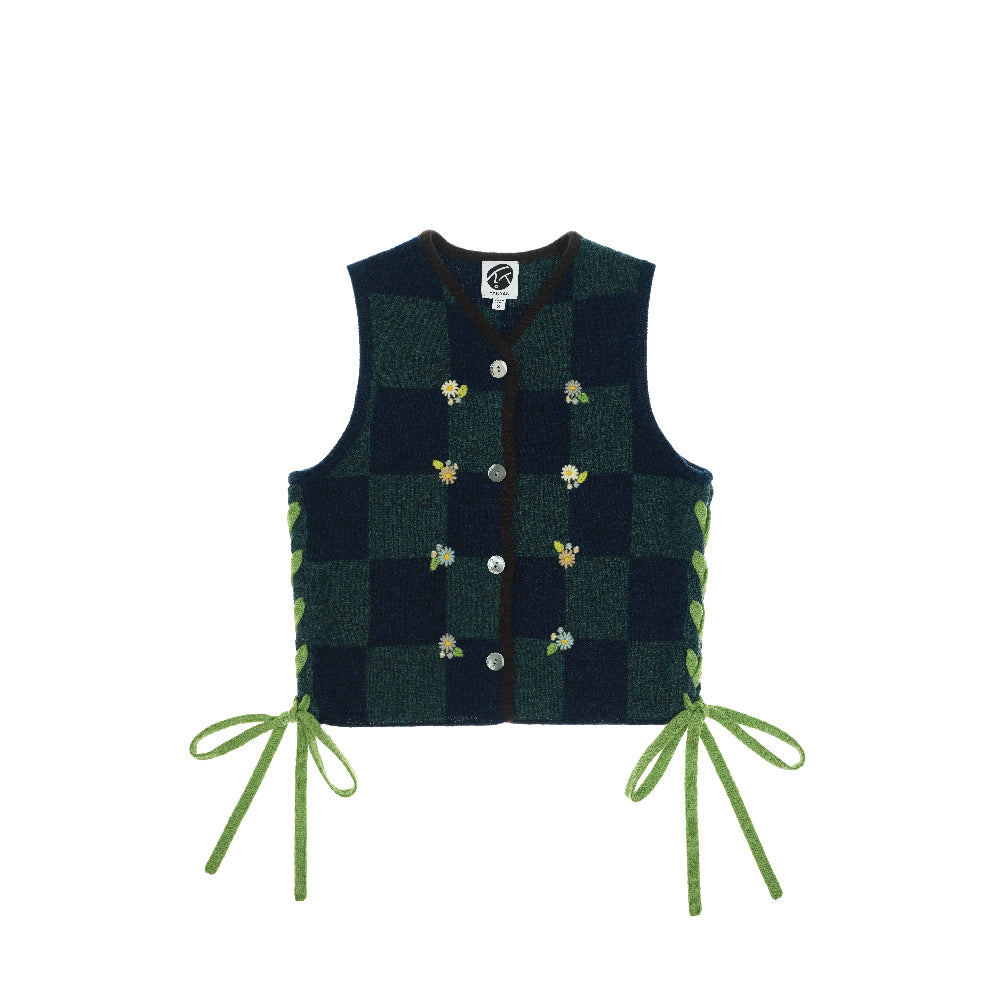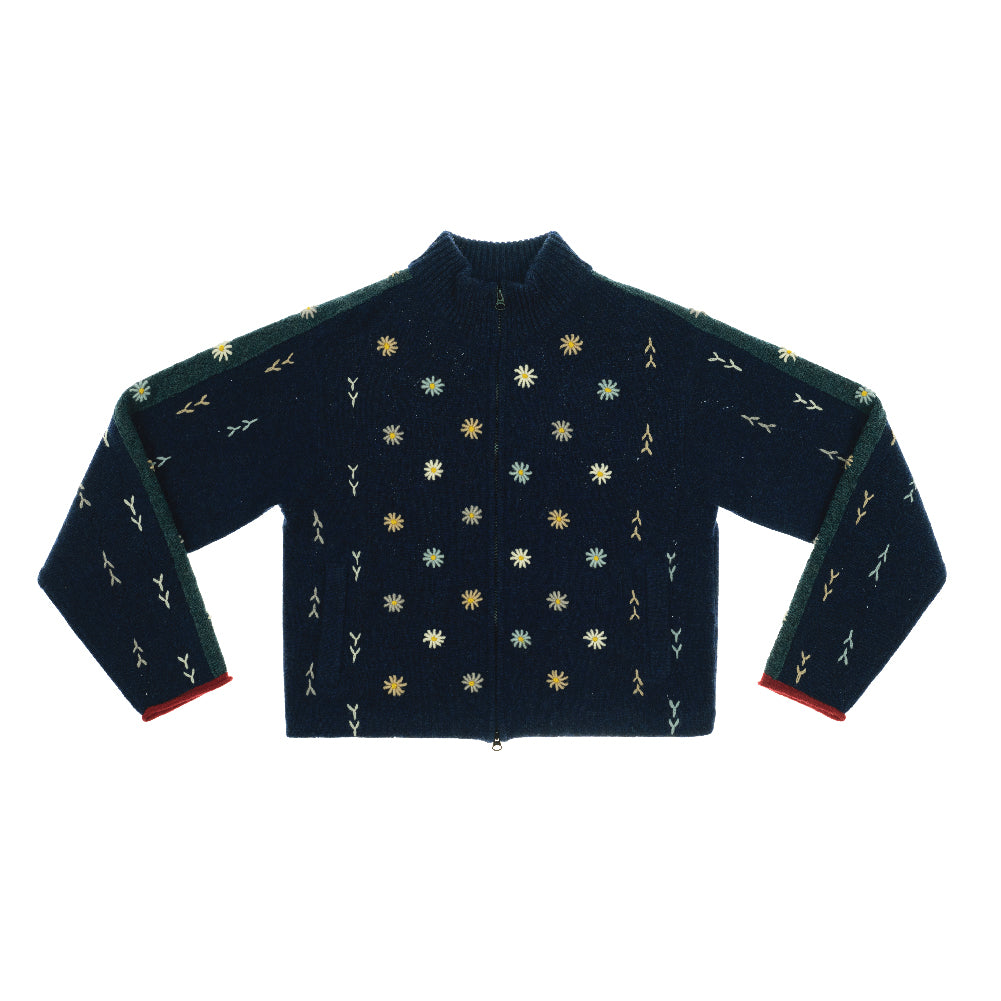Article: Leftover Yarn: Spinning Straw Into Gold
Leftover Yarn: Spinning Straw Into Gold
As veterans in the fashion industry, we have witnessed countless opportunities for companies to better respect the materials being used to make clothing, as well as the environment from which these materials are sourced and must eventually return to. An endless cycle of overconsumption and overproduction has made the clothing and textile industry the largest polluter in the world, after the oil industry. When it came to creating our own brand, we made a commitment to responsible and thoughtful design, to not be wasteful, and to honor the natural resources that make what we do possible.
One of the most important practices we use to reduce our environmental impact is purchasing and using yarns left over by other companies. This reduces the need to produce new yarn, which involves raising animals or plants, harvesting and processing the fiber, spinning and dyeing yarn, and shipping the yarn from the mill to the factory -- are you exhausted yet?
To understand where this leftover yarn comes from, we need to look at how clothes evolve from sketches to the final product that reaches the customer. As designers start brainstorming for the upcoming season’s collection, they buy yarn to make test swatches and prototypes of garments. Along the way, ideas and styles are inevitably discarded as the collection is tweaked and refined, and along with them so is the yarn. After the prototyping stage is complete, more yarn is ordered to create salesman samples (SMS), which are the specific set of garments shown on the runway and to wholesale buyers at fashion week. However, not all styles shown at fashion week end up being made and sold on the market, so the yarn purchased for those SMS are also designated as leftovers. Occasionally, wholesale buyers decrease the quantity of garments in their initial orders after the yarn has already been put into production, resulting in one final but hefty load of leftover yarn.
So what usually happens to all of this leftover yarn? Ideally, designers will use some creative problem solving to use the yarn in future collections. Unfortunately, the yarn may ultimately not the right fit for the brand, and is eventually thrown away to make space for yarns that are being used.
Enter YanYan! Currently, 50% of the yarns we use are pulled from leftover inventory, preventing premium yarns in perfect condition from going to the landfill and reducing the need to produce new yarn from scratch. We incorporate them into each stage of our design process, from test swatches to prototypes and SMS. If there is enough leftover yarn to make a small production batch to fulfill our customers’ orders, great! If not, we are careful to order the smallest quantity possible of new yarn to make special limited runs of our styles, cutting down the risk of accumulating both leftover yarn and inventory.
Through responsible and mindful choices, we are able to reduce our impact on precious natural resources like raw materials, water, and oil. We are so proud to present a high quality product that is crafted with care and can be enjoyed with peace of mind!



